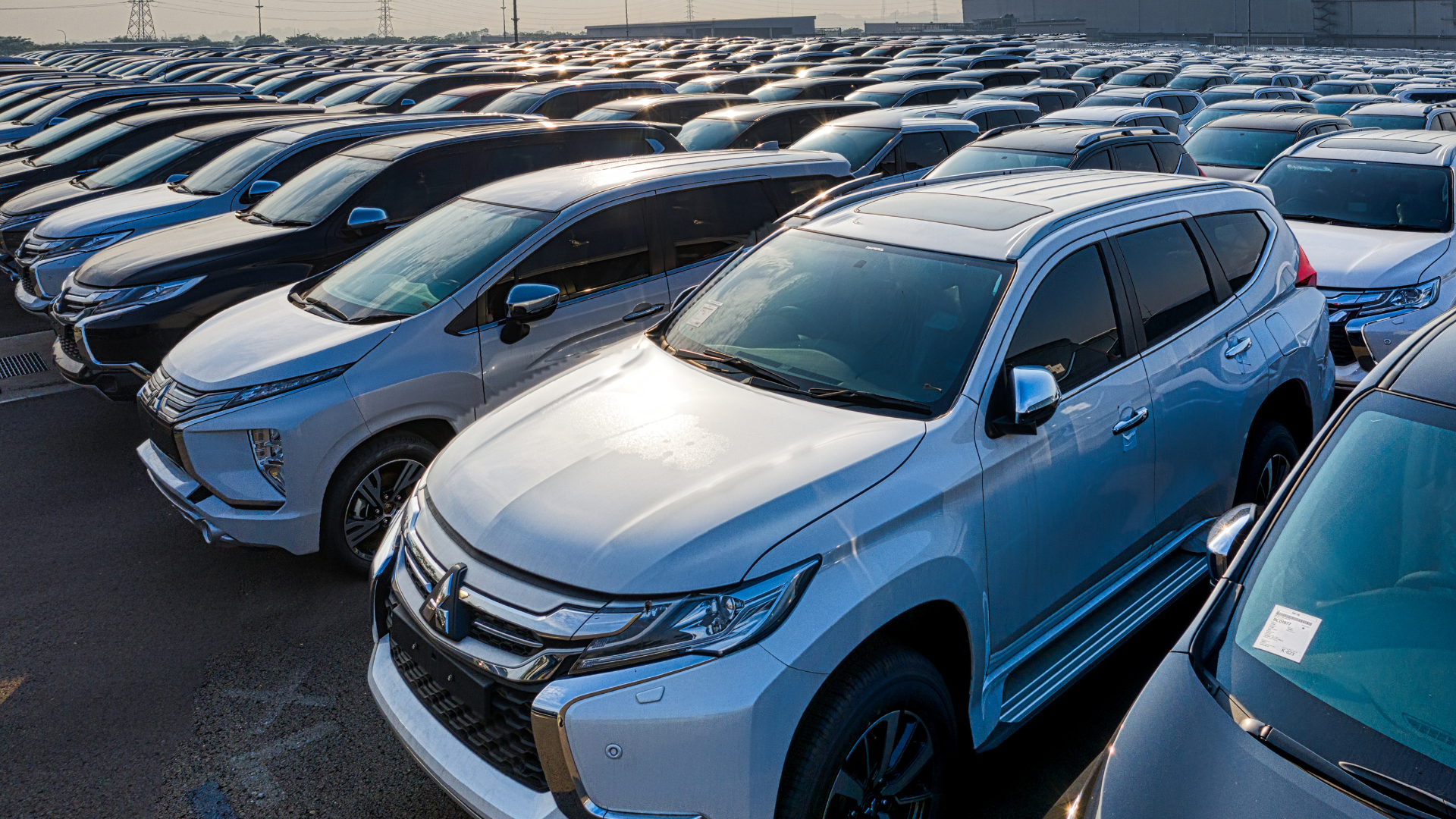The Lifecycle of a New Car
The time it takes a new car from inception to the final sale takes motor vehicle manufacturers longer than you’d think. We are going to review The Lifecycle of a New Car from inception to manufacturing, from transport to financing, and how it gets to the consumer.
How is a new car manufactured?
For motor vehicle manufacturers, the lifecycle of a new car takes five to seven years, depending on the manufacturer, before the actual end product makes it to the lot.
First, manufacturers start with the design process. There is an investigation to determine what the target market is, what kind of car they are trying to make, what type of budget, how many are going to be produced and where are they going to be sold. The manufacturers have different obligations when it comes to government compliance. The car manufacturer starts with questions like:
- What kind of car do we want to make?
- Where do we want it to be sold?
- How many cars are we going to make?
- What’s the demand size and shape?
Then the manufacturer sends their ideas to their design team to design the actual vehicle itself. They send out surveys, and they bring in study and focus groups to see what the consumer is looking for. The design team relays to the engineering team what the car should look like. The engineers then figure out what is needed to produce the vehicle and make different iterations of the actual vehicle, creating different models. Some manufacturers will announce the kind of vehicle they’re making way ahead of time and some will keep all of it under wraps. Then the manufacturer works with the government to figure out what regulations they need to meet:
- Does the car have to have a certain number of airbags?
- Do the blinkers have to be in a certain position?
- Are there certain ground clearance requirements?
- What are the requirements for emissions?
- What are the requirements for fuel mileage?
All of these things go into the development of the car and then they can start producing.
Where are the vehicles actually made?
Are the manufacturers going to import or export the vehicle? Where are they going to source the parts from or are they going to make the parts in-house? Or, are they going to import parts from all over the world from different manufacturers? Different car companies have different policies and procedures on what parts they make in-house and what parts they bring in from other manufacturers.
The United States is becoming a far better place for these manufacturers to build than it used to be many years ago.
Manufacturers may consider a number of these questions when deciding where to establish a manufacturing facility:
- Where are they going to put it?
- What kind of tax incentives are they going to get?
- What kind of lease incentives?
- Are they buying or leasing the property?
- What needs to go into the facility?
- Where are they getting the machinery?
- Are they manufacturing the machinery or are they importing it?
- What production lines are going to be for which vehicles?
- How many employees are needed to work on the vehicle?
You can see that there are a lot of considerations when it comes to actually manufacturing the vehicle production lines. The manufacturer also has to consider maintenance of the machinery (expenses and availability) that is actually building the car.
How do the manufacturers plan to sell the car?
The manufacturers are now at the point where they’ve thought of the type of car they want to make, they’ve designed the car, engineering has approved all of the engineering designs, they’ve met with the lawyers and the lobbyists and they’ve figured out that this car now meets the standards of the country where we want to sell it.
There are two methods to selling a new car.
There’s the traditional franchise model which has dominated for decades and then there’s the direct-to-consumer model which is much newer and circumvents the franchises.
The franchise model
This model is more complicated than the direct-to-consumer model and is still used by manufacturers like Ford, Honda, Chevrolet, and Toyota. A common misconception is that the manufacturer sells the vehicle to the consumer. However, the franchise dealer is who actually sells the car to the consumer. The dealer is the one who’s actually bought the car from the manufacturer or has been assigned the car from the manufacturer. At the end of the day, the consumer gets the car and the franchise dealer receives profit from the sale and incentives from the manufacturer. These incentive payments are based on the number of units sold, the time the vehicle is on the lot, and the different add-ons they sell.
The direct-to-consumer model
This model is the quickest and easiest way with the lowest amount of overhead. The manufacturer has a website where consumers can order or pre-order a car. The newer manufacturers, like Tesla and Rivien, use the direct-to-consumer model. The direct-to-consumer model eliminates the middleman of the franchise and, in theory, saves the manufacturer a lot of money. In many cases, this eliminates salespeople because they have found consumers who are willing to buy an $80,000 car without ever really seeing it. The direct-to-consumer model is much simpler – there are cars available on the website, you book it, and it gets delivered to your house or you go to a service center to pick it up. The service center would also be the place where you would go to get repairs for your car.
How does the vehicle get from the manufacturer →→ to the dealership →→ to the consumer?
The lifecycle of a new car is now reached the transportation stage. There are three main ways vehicles get transported: train, truck, and boat. If by boat, they’re coming from overseas and then transported via train or truck. If they’re coming from within the United States, then the cars are transported via train or truck to the final destination.
In the work our firm does for car companies, we see transport problems all of the time. There are train derailments, trucking accidents, and truck issues. The biggest issue right now is the supply chain. If there’s a problem in transport, for example, the truck is involved in an accident, now you have another delay in getting the consumer the vehicle that they’ve ordered. That delay could be six months because they’ve got to manufacture another vehicle. Guess what comes from a 6-month delay? A consumer complaint. The transport process in and of itself is particularly complicated.
There are also all kinds of issues with insurance, licensing, materials, reliability, and complying with dates and deadlines.
How is the vehicle financed?
When a customer needs financing on a new car, the finance company is going to have something called a security interest in the vehicle. That means if there’s a default and the customer doesn’t pay then the finance company can repossess the car. That interest in getting paid is secured by the vehicle. That’s very different from a credit card which is unsecured. If a consumer doesn’t pay their credit card account, the credit card company can’t take their purchases because the credit card is not secured. Car finance is very different in that it is secured by the car. They get a lien on the title and the finance company generally will hold the title until the car is paid off. Once the account is paid off, then they’ll release the title. Up until that point, they have the right to repossess the car in the event of non-payment.
Who arranges for the financing?
Consumer arranged:
The consumer will have a check from their lender that they will use to pay for the car. The lender gets a recorded lien on the title and then the credit union accepts the payments from the consumer. That’s a standard purchase transaction.
Dealer arranged:
The dealer has an arrangement with different finance providers just like an insurance broker. The dealer becomes a finance broker. The consumer fills out a credit application, the dealer runs the credit application and then the dealer arranges for financing. Most often, the dealer receives a kickback of some sort for arranging that financing. In a lot of cases, dealer-financed is the way that dealers want the sale to happen because there’s more incentive in it for them. They’ll offer the consumer more incentives to take a dealer-financed option because they know on the back end, they’re getting that deal. For us, as the law firm that represents car companies, we regularly review those finance arrangements for dealers. We are regularly talking to dealers about the good and the bad of the dealer agreements.
We hope you’ve enjoyed learning about The Lifecycle of a New Car. We’ll be getting into more about financing and more in our next blog post about the Lifecycle of a Used Car so don’t miss out!
If you are looking for more resources so you can navigate the legal throws of running your business, join the Georgia Car Law Authority for FREE and receive exclusive legal content, tips, and updates. Sign-up at www.georgiacarlaw.com.
If you are a car dealer looking for more comprehensive legal support, you are invited to join The Driveway, our monthly legal membership program. Check it out here!




